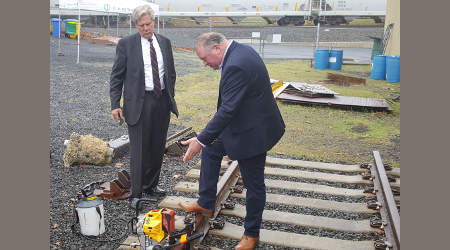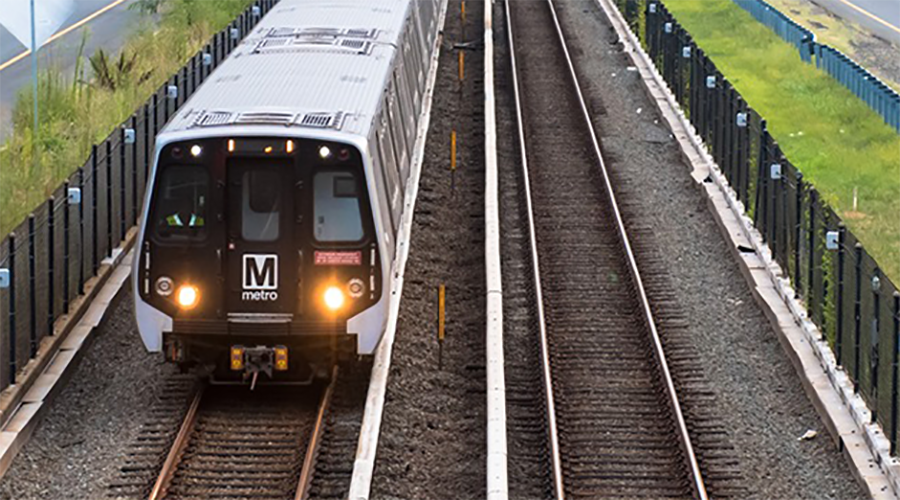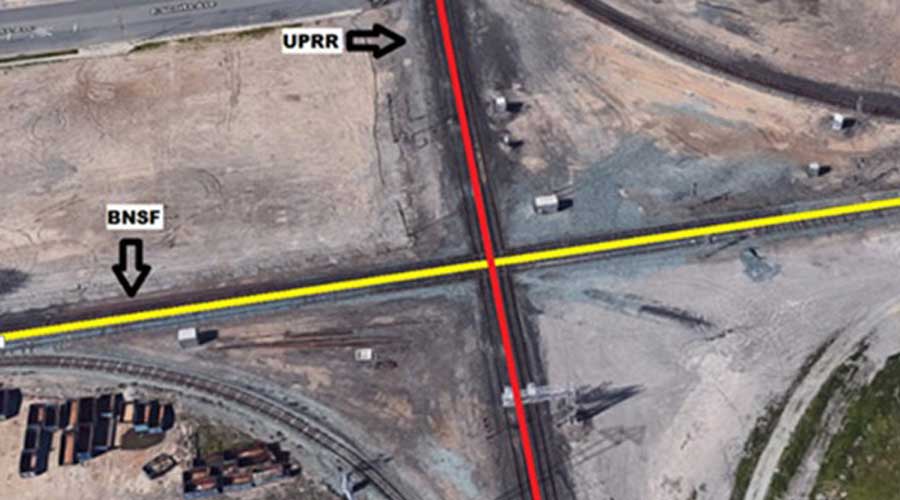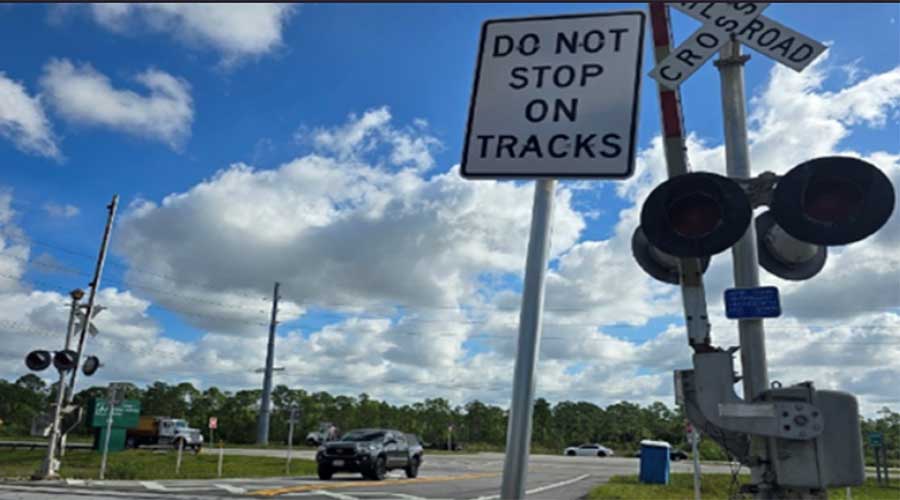Stay updated on news, articles and information for the rail industry
4/28/2017
Rail News: Federal Legislation & Regulation
ASLRRA, BLET testify at rail hearing; Pallone tours Cembre

At a congressional hearing earlier this week, American Short Line and Regional Railroad Association (ASLRRA) President Linda Bauer Darr called for "efficient, goal-oriented" industry regulations that provide proven safety benefits.
The House Subcommittee on Railroads, Pipelines and Hazardous Materials called the hearing to solicit input on industry regulations.
"We need regulations that are more efficient, more goal oriented, less reliant on a one-size-fits-all mindset, and much more focused on costs and benefits,” said Darr, according to a press release of her comments.
Darr outlined three characteristics — size, capital needs and operating requirements — that make the application of regulations excessively burdensome to short lines and regionals.
"We understand the need to make railroading as safe as possible and we understand government has an obligation to step in when necessary," Darr said. "But government also has an obligation to step in responsibly. Too often government regulation forces companies to spend huge sums of money on solutions that don't solve much."
Also testifying before the subcommittee was John Tolman, vice president and national legislative representative for the Brotherhood of Locomotive Engineers and Trainmen (BLET), who called on Congress to invest in the nation's infrastructure and address rail worker fatigue and other safety regulations.
The lack of proper infrastructure funding has had a major negative impact on rail commuters, especially along the East Coast, Tolman said, according to a press release of his testimony.
"Tunnels are being used to carry passenger trains into and out of New York City that were built in the early 1900s," Tolman said. "Penn Station in New York is forced to handle three times as many trains as it was designed to accommodate. And every day three railroads, scores of employers, and hundreds of thousands of commuters cross their fingers that this won't be the day that infrastructure fails in a catastrophic way."
A railroad can build and maintain world-class infrastructure, "but if the issue of fatigue on the nation's railroads is not addressed in a serious and fundamental way, then catastrophic accidents will not cease," he said.
"Technology can help with the problem, but technologies such as positive train control (PTC) alone will not solve the problem," Tolman said. "Further, PTC has not been designed to be an answer to over-worked train crews who toil around the clock with unpredictable on-duty times."
Meanwhile, U.S. Rep. Frank Pallone Jr. (D-N.J.) recently attended a rail-cutting ceremony at Cembre Inc.'s facility in Edison, N.J. Pallone also toured Cembre's plant and met with company and Conrail representatives for a public policy discussion. The event was coordinated by the Railway Engineering Maintenance and Suppliers Association (REMSA).
Last week's tour was led by Cembre Vice President Chris Drew. Also in attendance were Jocelyn Gabrynowicz Hill, Conrail's director of public affairs and assistant general counsel; Roneil Jackson, Conrail's public affairs and legal assistant; and Sean Winkler, REMSA's director of advocacy.
Cembre manufactures railroad products, electrical connectors and associated tooling that includes thermal printers.


 2025 MOW Spending Report: Passenger-rail programs
2025 MOW Spending Report: Passenger-rail programs
 Gardner steps down as Amtrak CEO
Gardner steps down as Amtrak CEO
 Guest comment: Oliver Wyman’s David Hunt
Guest comment: Oliver Wyman’s David Hunt
 Women of Influence in Rail eBook
Women of Influence in Rail eBook
 railPrime
railPrime







